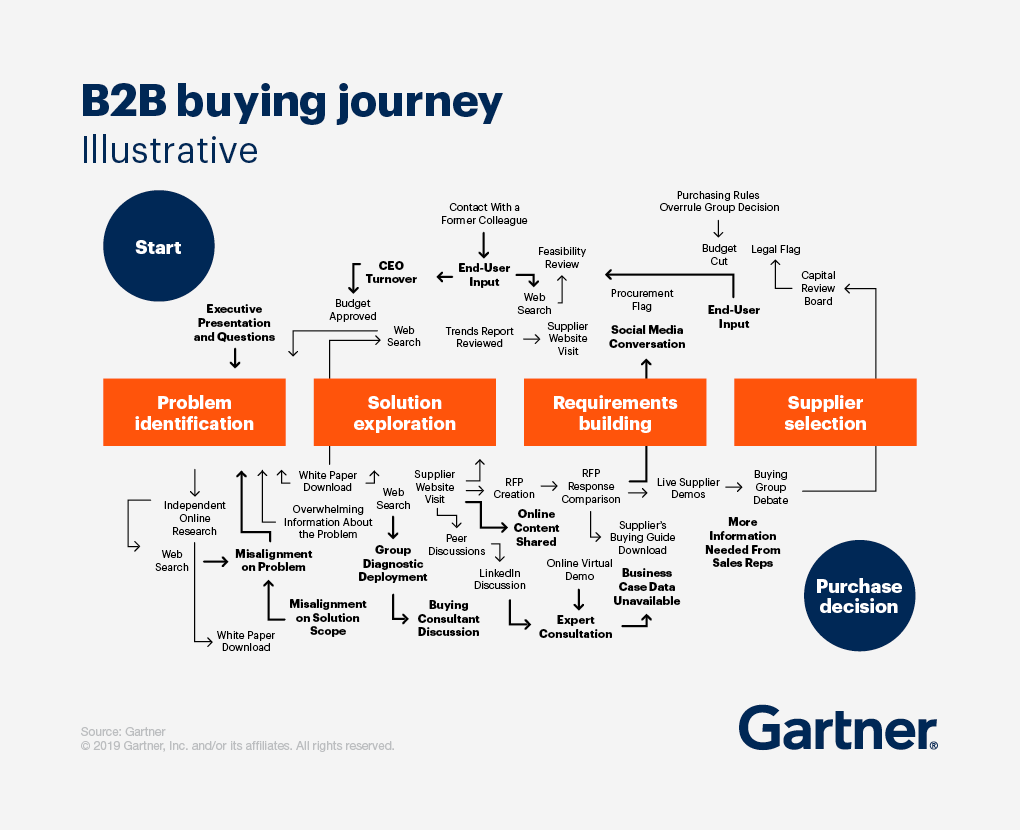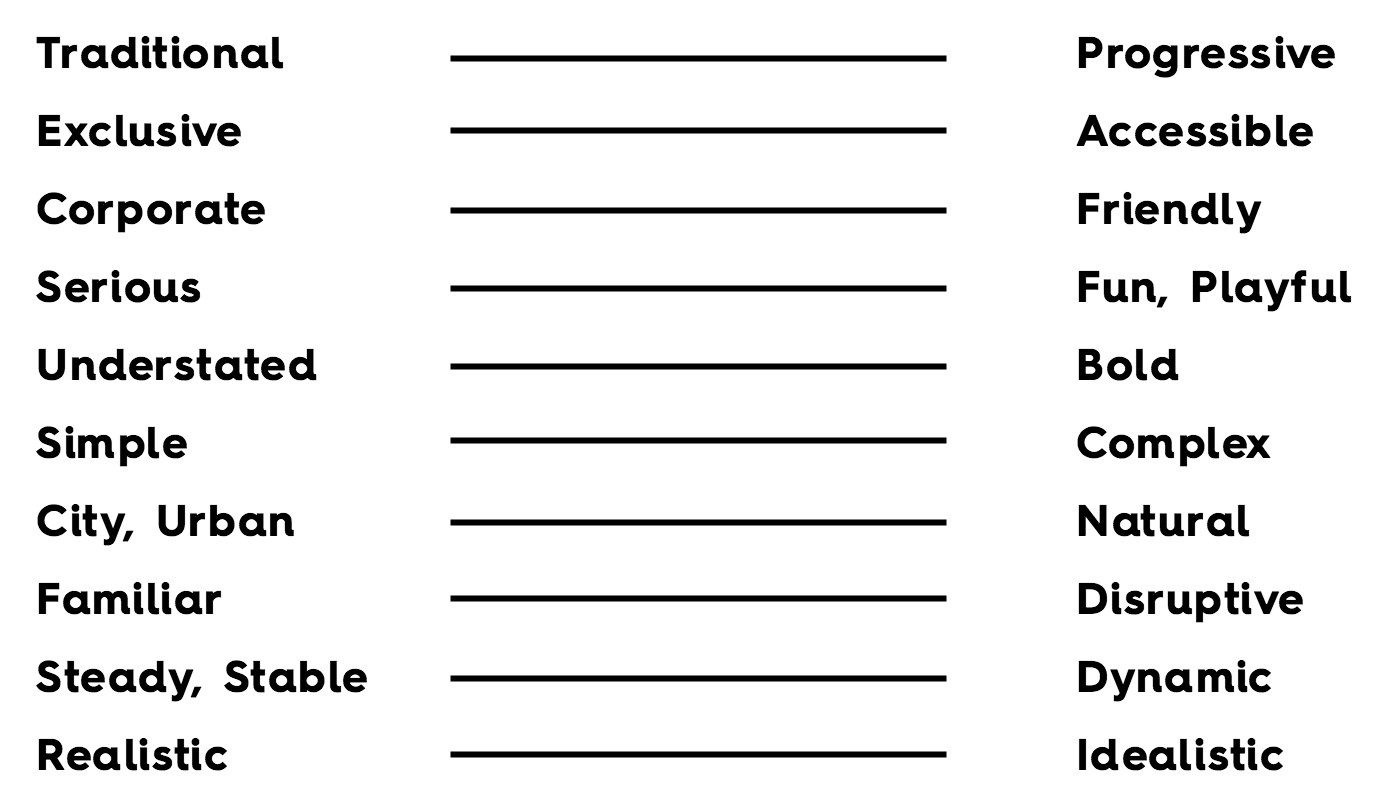Most SaaS businesses focus on the technical aspects of their solution. This is not bad at all, given how much responsibility building a functional product is. Now when is time to market their product, SaaS businesses tend to underestimate the importance of building a strong brand. What often occurs is that they start to redefine their brand when:
- Customer acquisition is low
- Unclear message and brand positioning
- Weak company culture
On the bright side, as a SaaS business, you can still redefine your brand and build that strong message that resonates with your ideal customer. The main benefits of redefining a brand are:
- Increase sales
- Lower cost of acquiring new customers
- Increase customer retention and loyalty
- Attract talented employees who remain with the company over the long term
5 steps to improve your SaaS brand positioning
To create a compelling and strong message, your SaaS brand positioning efforts must help your customers to find your product. Not only that, but a strong brand positioning also helps you create a community around your brand. You don’t want users to purchase from you and leave. You want to make sure your message goes beyond your company and connects at a deeper level with potential customers and other stakeholders.
And the most important question is where to start?
Define your target audience
To start doing this you can start by simply defining your target market. Some of the variables you are going to start defining are:
- Demographics: what industries are you targeting, what is the size of your ideal customer, their location and annual revenue.
- Operating variables. What technology is the company currently using and what are their IT capabilities when it comes to implementing new software solutions.
- Purchasing behaviour. What is their buying criteria and what are your customer’s pain points?
- Situational factors: how urgent is for them to make a purchase and what aspects these businesses take into account when dealing with you.
When your product is built to satisfy the needs of a business, the target audience becomes more complex to define. The reason that happens is that there is more than one decision-maker, therefore you need to address more needs in your marketing process. When you are targeting a business there are multiple decision-makers. So you need to address their pain point and understand their role in the decision-making process. Below we have identified the main characters and their level of influence:
- Influencer: they can influence other members of the buying team.
- User: the person that uses the product, whether they have a say in the buying process or not.
- Decision Maker: The person who makes the purchasing decision.
- Gatekeeper: controls how information and access to other stakeholders are facilitated.
Create your buyer’s journey
Now that you know more information about your audience is time to acknowledge what steps your buyers take to get to know your solution. According to Gartner, there are 4 steps a user takes before making a decision:
- Problem identification
- Solution exploration
- Requirements building
- Supplier selection

You need to be able to map out which are the steps your ideal customer is going to take so you can target them with specific content at each step of their journey. For a SaaS brand positioning definition, we do not dive very deep into this topic. We do define the main steps to helps us identify the right message and support the other brand positioning aspects.
Define your messaging
To define the perfect message for your SaaS brand positioning you need to start defining what makes your business and product unique. For example, what features make your product unique, what aspects of your SaaS business you can highlight. To discover your message there are some questions you can ask yourself or your team:
- Find your unique selling points: List up to three points that make your business different and unique.
- Messaging: What do you know your customers to know about your SaaS business? Highlight the main messages your potential customers should know.
- Presentation: What are the main attributes or value you aim to project to your ideal customer and how do you want to be perceived.
- Personality: If your brand were a person, what would they be like? How it would talk and feel.
Define your brand’s tone of voice
After you develop the main messages you want to communicate as part of your saas brand positioning, it is time to define the voice of your brand. In this section, you define your communication style and you go more in-depth about what does that mean. After you defined the voice you will want to translate these aspects to your visual identity.

Create your brand’s visual identity
After you have defined your voice the last step is to define your visual identity. This will be your brand guide where you include?
- Logo: What is the logo that represents your business?
- Colours: What is the colour palette used across your digital assets? Does it represent what you want to communicate? It is coherent with your brand message and voice?
- Images: What style of images are you going to use? Stock photos or illustrations? How are they going to be used?/li>
- Fonts: What fonts do you use? Again they need to be coherent and cohesive with your brand personality.
SaaS brand positioning rollout strategy
Defining a strategy for your SaaS brand positioning doesn’t finish when you have defined all the steps above. You need to implement measures to make sure your brand voice and messaging are implemented throughout your organization. At the same time, you should have measures in place that monitor how your brand is used and whether its perception changes.




